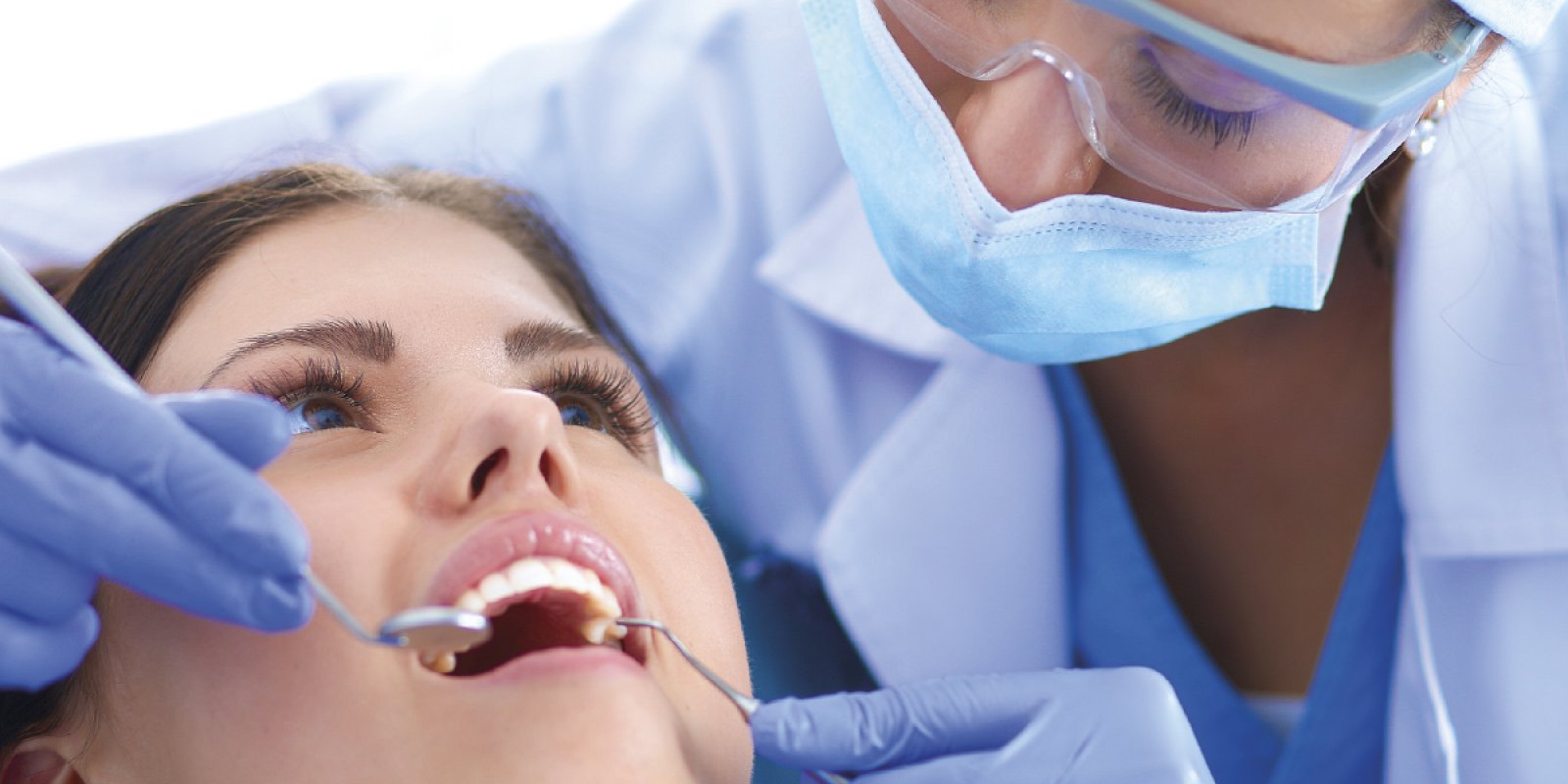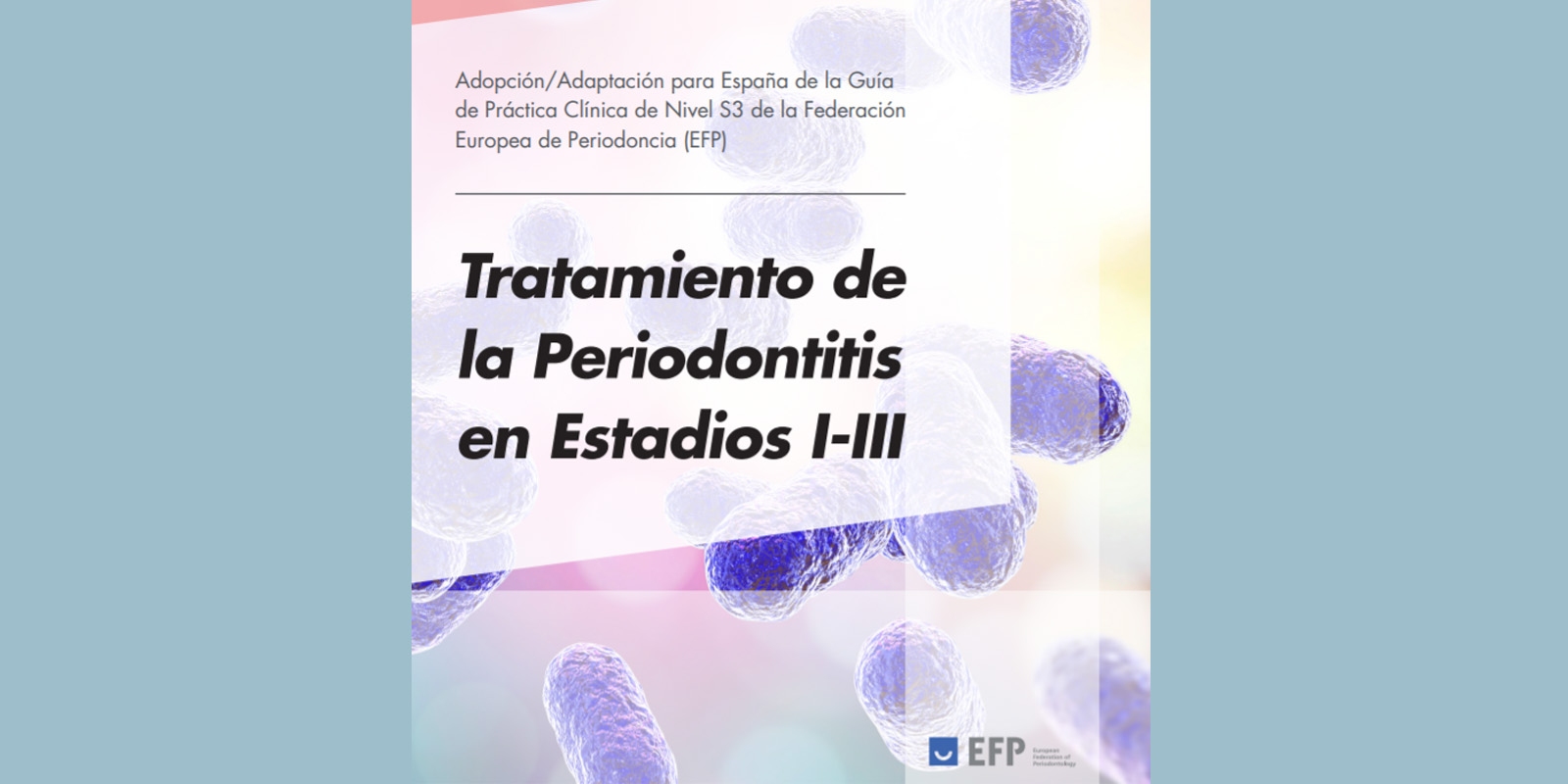DENTAID EXPERTISE
News for dentistry professionals
PERIODONTAL REGENERATION: RETURN TO THE FUTURE
27 Feb 2017

Periodontal regeneration is booming. Periodontics once again has a major role in interdisciplinary treatment; plus, the indication of dental implants is becoming increasingly specific. In this context, the use of techniques such as regeneration allows highly predictable improvement of prognosis for many teeth, facilitating long-term stability.
Periodontal
regeneration comprises all treatments aimed at the recovery and reconstruction
of lost periodontal tissues.
Basically,
the main techniques include the use of bone grafts of different origin,
including human allografts, xenografts from different species, and
alloplastics, which are synthesised in the laboratory.
To
obtain optimum periodontal regeneration, the most important principle is
keeping epithelial cells from surrounding tissues out of the osseous defect, “a
barrier that we can establish through the use of membranes that physically
impede the passage of these cells”, explains Dr. Andrés Pascual La Rocca, associate
director of the journal Periodoncia Clínica.
Currently,
some of the most commonly used membranes include collagen or polymer membranes,
as well as non-resorbable ones, such as high density-PTFE membranes. Even
so, according to Dr. Pascual La Rocca, the use of polypeptide growth factors,
enamel matrix protein derivatives and even bone morphogenetic
proteins (BMPs) has been associated with very positive outcomes when
using different periodontal regeneration techniques.
FUNCTION & AESTHETICS
Periodontal
regeneration is indicated in order to manage intrabony defects around the
teeth. The objective is to use the regeneration procedure as a starting point
to improve levels of tooth support and attachment.
But in
order to proceed with these techniques Dr. Pascual La Rocca warns, “we must
consider the general prognosis of the tooth, as well as the morphology of the
defect”; and he reminds us that “the regenerative potential of intrabony
defects will be better, the greater the number of remaining walls there are.”
However,
apart from the positive functional repercussions that periodontal regeneration
procedures may have, aesthetic implications are being given progressively
greater value. As Dr. Pascual La Rocca points out, “the aesthetic requirements
of our patients have changed in recent decades, demanding new techniques and
procedures that will produce as few unfavourable periodontal treatment outcomes
as possible.”
Given
these conditions, the use of micro-surgical instruments together with high
magnification has enabled the development of minimally invasive techniques that
minimise treatment sequelae when combined with the appropriate and specific
materials.
A PROMISING FUTURE
In the
field of periodontal regeneration, lines of research are aimed at the improvement
of bio-materials, offering better performance and reducing possible
complications associated with their use.
It is
already assumed that the patient’s own cells will, in the near future, be the
main source of regeneration. “Stem cell research is promising, and based on the
results obtained recently and in a very short time, we have great expectations
for this line of research,” says Dr. Pascual La Rocca, who does not hesitate to
point out how “in the future we will be able to recreate biological processes
more easily, thereby reducing complications.”
Another
particularly relevant field, both in the present and in the future, is
bioengineering applied to periodontal regeneration. As Dr. Pascual La Rocca
states, “bioengineering facilitates the development and growth of specific
tissue cells; we can thus restore lost tissues.”
One of
the main limitations in this area is currently due to the scope of these
technologies, but as they develop, the outlook is very encouraging.
However,
the success of periodontal regeneration is based, above all, on adequate
interdisciplinary collaboration. According to Dr. Pascual La Rocca, “the
implementation of any periodontal procedure must be in accordance with a
general treatment plan that meets the overall objective of health and
functionality.” And in his view, “without an interdisciplinary approach it is
impossible to achieve the ultimate goals of periodontal regeneration.”
Occasionally,
the collaboration between specialities, such as endodontics and orthodontics,
may bring about great benefits in periodontal regenerative therapy; and,
conversely, periodontal regeneration improves the prognosis after other dental
treatments.
Regeneration
techniques have been well studied and their efficacy has been rigorously
documented, proving to be highly effective and predictable. However, they
should always be considered and proposed as part of a treatment plan. It is also important to know what progress is being
made with different techniques and biomaterials since “we can thus offer our
patients different alternatives and improve the prognosis of teeth affected by
periodontal disease,” concludes Dr. Pascual La Rocca.
RELATED ARTICLES

17 Feb 2022
EuroPerio Series: professional discussions and scientific exchange
To keep the global perio community up to date with the latest research findings as well as give a taster of what is to come at EuroPerio10, the…

21 Jan 2022
Xerostomia in COVID-19 positive patients: clinical considerations
Severe Acute Respiratory Syndrome Coronavirus 2 (SARS-CoV-2) the cause of the pandemic known as COVID-19, affects different organs and systems (lungs,…

20 Jan 2022
A guide adapted to Spain to optimise the approach to periodontitis
There are currently numerous clinical practice guidelines to direct the treatment of many systemic diseases (such as diabetes, depression,…
Sign up for the DENTAID Expertise newsletter
Sign up for the newsletter